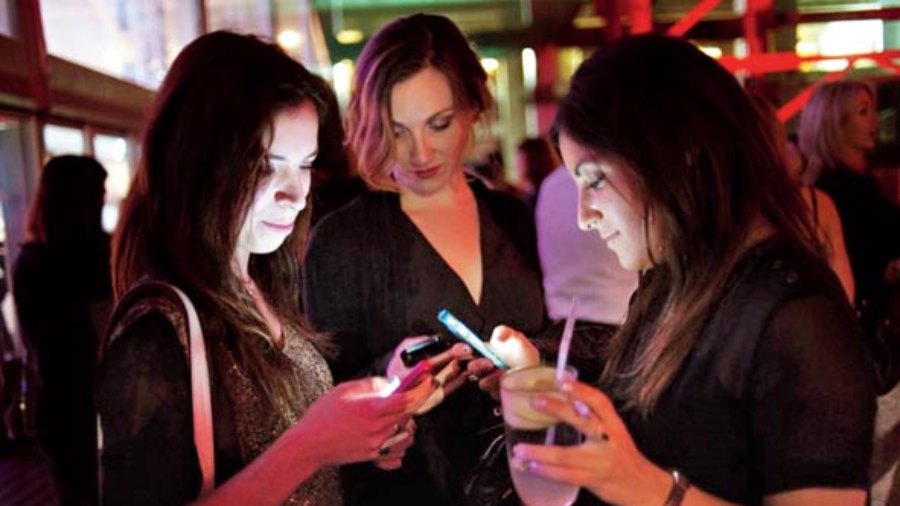It has been told several times and here it is once again: It’s time to cut back on the hours spent on social media, especially teenagers. A new study — supported by a college research fellowship from Emmanuel College, University of Cambridge — has shown that girls and boys might be more vulnerable to the negative effects of social media use at different times during their adolescence. Though the study is focused on UK data, but how different can the global situation be?
In fact, a September 2021 article in The Wall Street Journal, prompted a hearing in front of the US Commerce Committee’s consumer-protection subcommittee. Based on internal company documents, the article detailed Facebook’s internal research on the negative impact of its Instagram app on teen girls and others.
Going through survey responses of more than 84,000 people of all ages in Britain, the researchers identified two distinct periods of adolescence when heavy use of social media spurred lower ratings of “life satisfaction” — first around puberty — ages 11 to 13 for girls, and 14 to 15 for boys — and then again for both sexes around age 19.
The study, published in Nature Communications, shows that social media use between the ages of 11 and 13 years was associated with a decrease in life satisfaction one year later, whereas in boys this occurred between the ages of 14 and 15 years. The differences could be linked to developmental changes, possibly changes in the structure of the brain, or to puberty, which occurs later in boys than in girls.
In the US, nine out of 10 teenagers have a smartphone, and they are spending several hours each day watching videos, playing games and communicating via social media. The prevalence of social media has also increased rates of depression, anxiety and suicide, according to a report in The New York Times. Social media may have an indirect effect on happiness by displacing other activities, like in-person interactions, exercise or sleep.
Not just teenagers, most of us are glued to our smartphones. Do take a look at photographer Dafydd Jones’s work online and in his book Screen Time, which shows people caught up with their phones, highlighting perhaps one of the biggest fears of our time — nomophobia or the fear of being without a phone.
